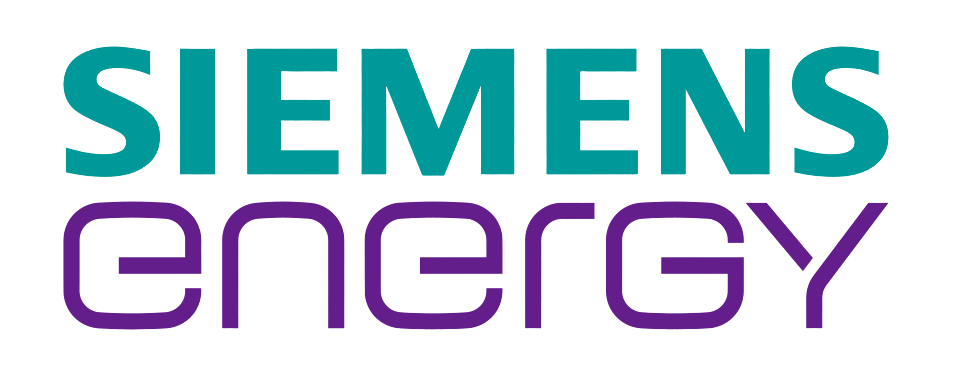FutureBridge: Top 5 Disruptive Technologies Accelerating Energy Transition in 2023 and Beyond
“We will see disruptive technologies taking center stage in the Energy Transition by the industry and accelerate the path to achieving sustainability goals” – says FutureBridge
UTRECHT, The Netherlands — December 1, 2022 — The energy sector is witnessing rapid technological developments to support the ongoing energy transition by industries with the commercialisation of a range of disruptive technologies. “With a depleting carbon budget, the world must move faster toward cleaner energy technology.” Says Saurabh Uniyal, Associate Director at FutureBridge Energy Practice. “We believe solid-state batteries are the most promising, closer to commercialization, and ready for mass adoption technologies amongst the top five identified disruptive technologies.”
Based on ongoing technology scouting and proprietary benchmarking models, FutureBridge has ranked the Top Five technologies that will accelerate the Energy Transition in 2023 and beyond. These disruptive technologies will be essential to reduce the GHG emissions from the energy sector, which accounts for two-thirds of the global GHG emissions. These will have a positive impact by drastically upgrading the energy services provided to the larger public without compromising the climate.
These top five disruptive technologies are:
- Wireless energy transmission for the EV charging infrastructure – Decarbonization of transportation will be the key to meeting the net zero targets. This development provides new choices for charging their vehicles electro-magnetically with increased convenience and safety.
- Perovskite solar cells – These easy-to-synthesise materials can convert sunlight to electricity with efficiencies of over 30%. And would cost much less than traditional silicon solar cells in the coming years.
- Passive cooling technology – Cooling accounts for appx 20% of the electricity consumed in buildings. This technology requires only sunlight and can drastically reduce electricity consumption and cost. Startups are working to realise the mass adoption of this technology using engineered nanomaterials in the form of panels and paints.
- Solid-state batteries – As an alternative solution to lithium-ion batteries’ deficiencies of flammability, low energy density, and slow charging speed, Solid-state batteries provide a safe and scalable option. Both established and niche startups are in the demonstration and go-to-market stages.
- Methane Pyrolysis – for hydrogen production. Carbon-free hydrogen can be produced from natural gas using methane pyrolysis. Its advantages include lower specific energy consumption and easy-to-handle solid carbon output, which can lower the production cost.
For Interviews/More Information: media@futurebridge.com
###
Our Clients
Our long-standing clients include some of the worlds leading brands and forward-thinking corporations.
- © 2021 Cheers Interactive (India) Private Limited. All rights reserved. FutureBridge ® is a registered trademark of Cheers Interactive (India) Private Limited.


































